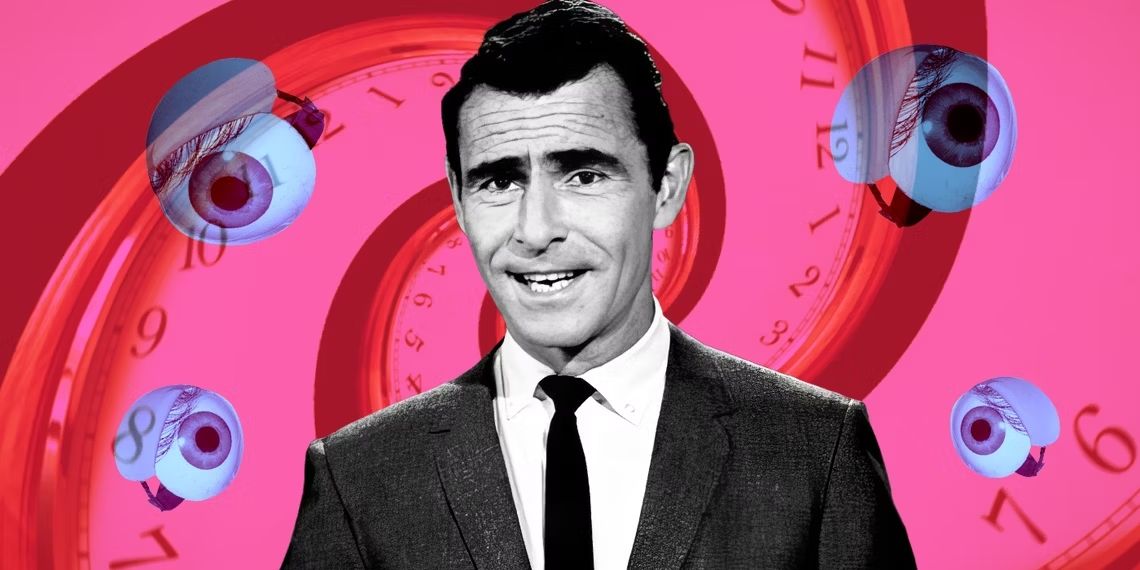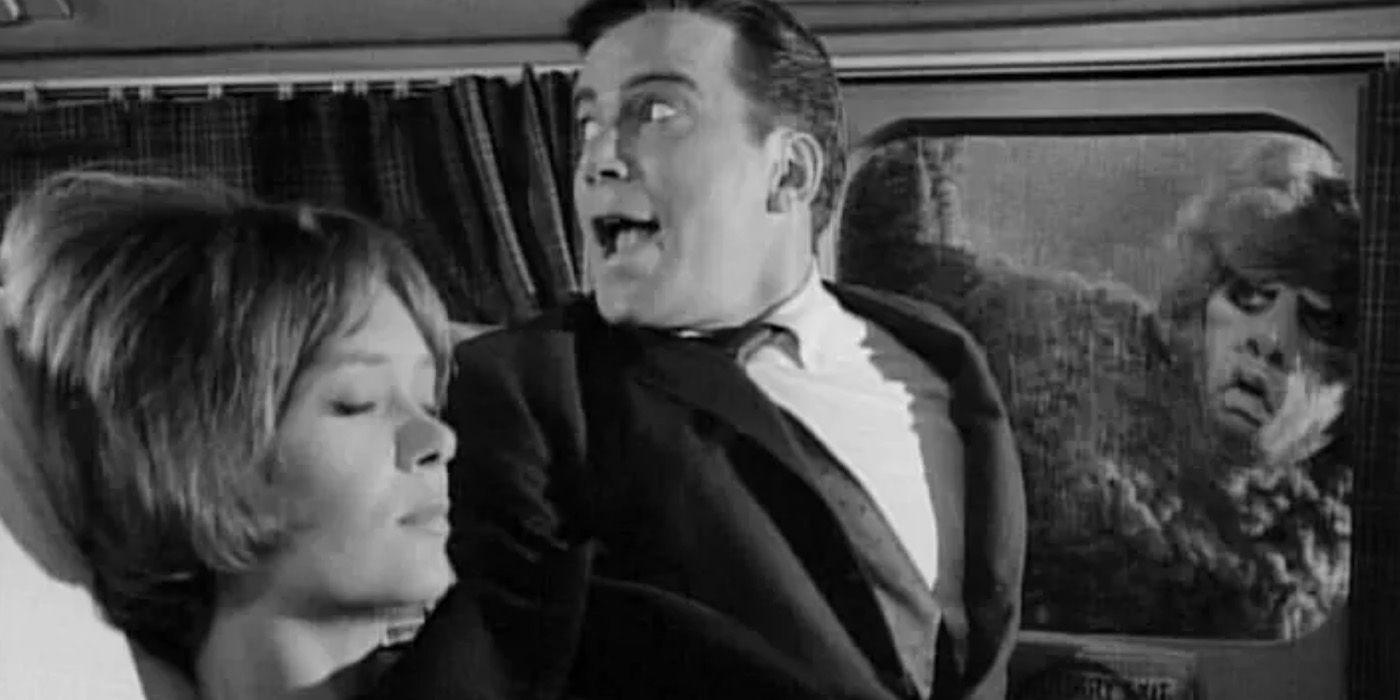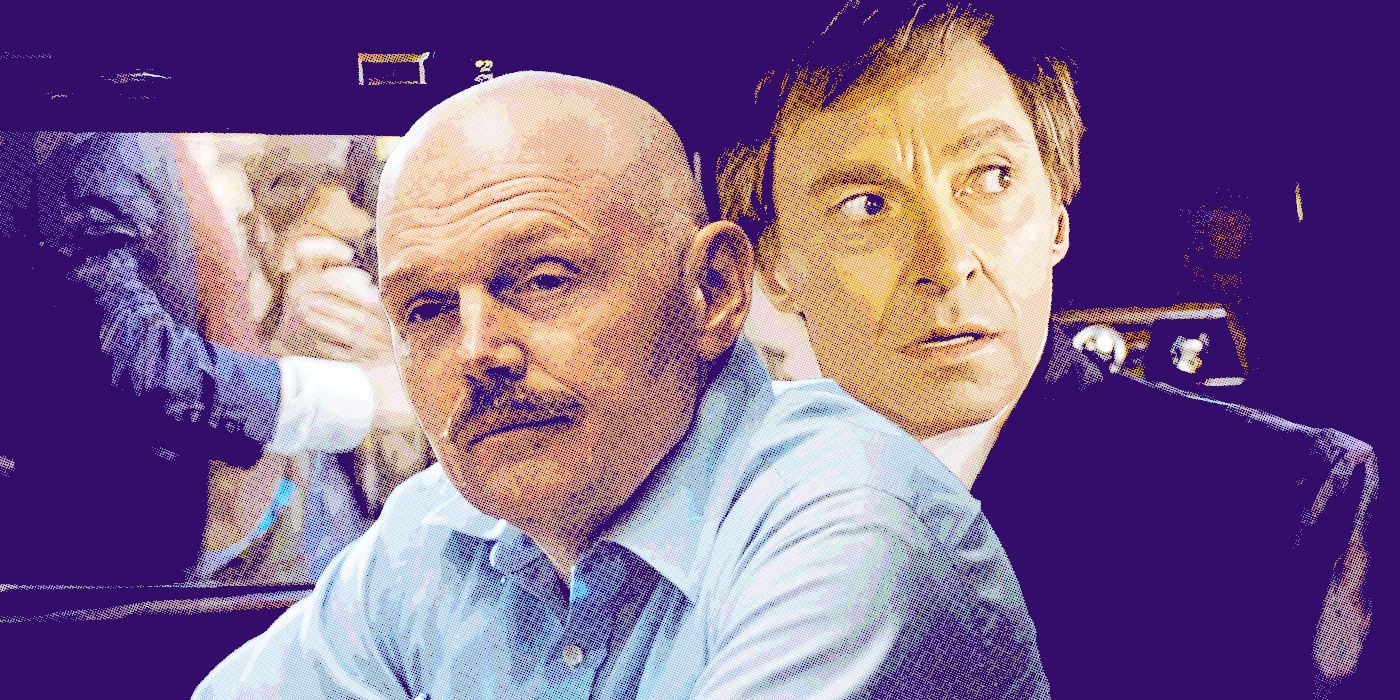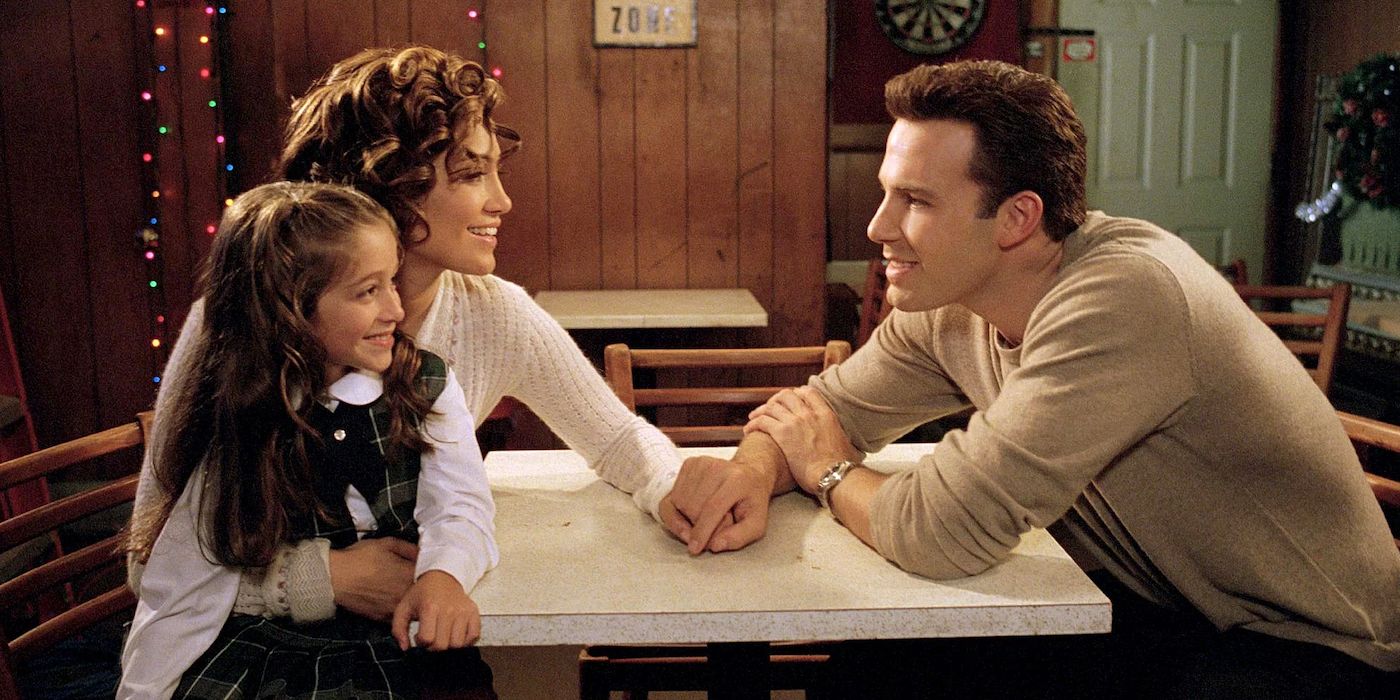The Big Picture
- Rod Serling and his producer Buck Houghton had some rules for
The Twilight Zone
in order to ensure that the indescribable feeling of the show was preserved through its run - The rules included focusing on ordinary characters in extraordinary settings, limiting each episode to one miracle or imaginative circumstance, and the premise must be established quickly for tight, engaging storytelling.
- Eventually, when the show switched from half-hour to an hour episodes,
The Twilight Zone
often broke its own rules with the longer run time.
How would you describe The Twilight Zone to an alien? That sounds like the premise of an episode in itself, but in short, the anthology television series ranges from fantasy and science-fiction stories to black comedy and full-blown horror, often with twists and morals in each episode. The show originally ran on CBS from 1959 to 1964 and inspired a tradition of similar shows, including Science Fiction Theatre and Tales of the Unexpected. Unlike its modern counterpart, Black Mirror, which focuses on technology-based premises, The Twilight Zone‘s defining features are harder to pin down.
As creator and host Rod Serling put it, The Twilight Zone is “about human beings involved in extraordinary circumstances, in strange problems of their own or of fate’s making.” Even that definition sounds vague for those unfamiliar with the series, seemingly describing every story ever told, but in truth, this quote speaks to a list of rules Serling and his producer Buck Houghton had for the series, to ensure the indescribable feeling of The Twilight Zone was preserved throughout the show’s run. That’s right — due to the show’s ability to tackle practically any premise, Houghton and Serling wrote a list of rules that every episode needed to follow, which Houghton revealed in his 1991 book What a Producer Does.
The Twilight Zone (1959)
Ordinary people find themselves in extraordinarily astounding situations, which they each try to solve in a remarkable manner.
- Release Date
- October 2, 1959
- Creator
- Rod Serling
- Cast
- Rod Serling , Jack Klugman , Burgess Meredith , John Anderson
- Main Genre
- Sci-Fi
- Seasons
- 5
‘The Twilight Zone’ Must Always Feature Ordinary Characters in an Impossible Story
Of Serling and Houghton’s short list of rules, perhaps the most obvious to guess would be their rule about the settings of their stories. Rule number one is that the story must be impossible in the real world, but the characters must be ordinary. Suspension of disbelief is a trademark of the series and, as Houghton writes, “A clever bit of advanced scientific hardware is not enough to support a story” in The Twilight Zone the way it might be for Black Mirror. “The Twilight Zone was not a sci-fi show.”
Take, for example, the episode “Nightmare at 20,000 Feet”, starring a then-unknown William Shatner. An airplane passenger spots a creature on the wing of the plane and spends the duration of the episode trying to warn others, but when they look, the creature is nowhere to be seen. In actuality, the horror is not the creature itself, but the inability to convince others of an impending danger that makes you look insane. What would any of us do in his situation? Precisely what he’s doing! And that’s the poignancy of the story.
Relatability is the show’s most important rule, otherwise, the audience would fail to get invested in such an impossible story. “What would it be like if you could go back to the town where you were born and raised, and see that it’s just the way it was at the time?” asks Houghton, referring to the Season 1 episode “Walking Distance”. “That’s something you can relate to very easily, and that was the key to the show’s success.”
Only One Imaginative Circumstance Was Allowed Per ‘Twilight Zone’ Episode
Although The Twilight Zone is not just a sci-fi show, it adopts many of the genre’s own rules for success. Author Ursula K. Le Guin defined the genre as using its limitless metaphors so that the subject at the center can show us who we are. Put simply, when sci-fi provides audiences with a world full of differences (like faraway planets, sand-worms, and spice, in the case of Frank Herbert‘s Dune), it leans more towards epic fantasy world-building, rather than saying anything too poignant about our world. This leads us to Serling and Houghton’s second rule for The Twilight Zone.
The second rule was to “allow only one miracle or special talent or imaginative circumstance per episode.” Houghton elaborates, “More than one and the audience grows impatient with your calls on their credibility.” Considering the show’s original three seasons were made up of half-hour episodes, Houghton knew that more than one supernatural or miraculous premise would be too much to tackle, and risk the relatability of the first rule. This was also what made the series’ 25-minute stories so tight. But after The Twilight Zone‘s third season, this would all change.
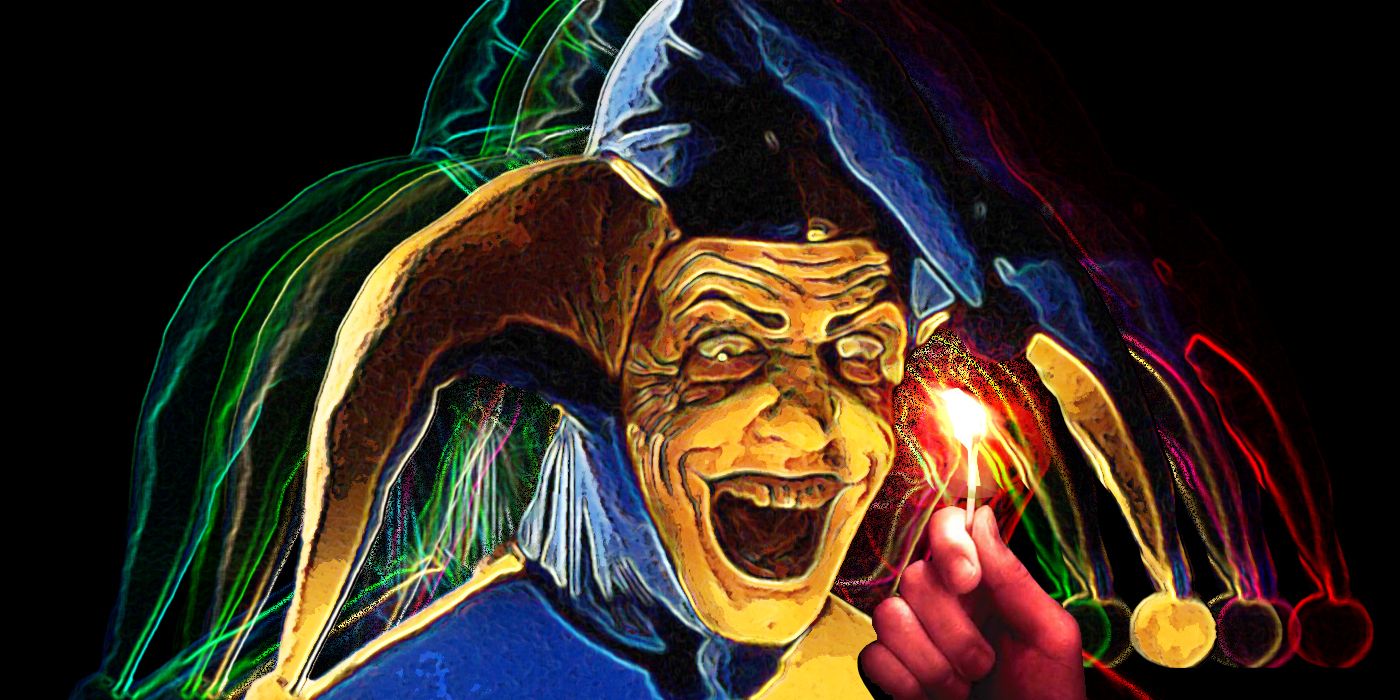
‘The Twilight Zone’s Surprising Connection to ‘Are You Afraid of the Dark’
The Midnight Society were Rod Serling fans.
‘The Twilight Zone’ Must Establish Its Premise Quickly Every Episode
When CBS’ programming chief James Aubreycancelled the show after three seasons, The Twilight Zone was quickly brought back as hour-long episodes. This would, of course, change the boundaries upon which Houghton and Serling’s rules were written, and as proof of Houghton’s commitment to his own rules, this led him to leave The Twilight Zone for good, to be replaced by Herbert Hirschman. Houghton instead began working as a producer on The Richard Boone Show, a half-hour anthology series that failed to pin down its specific style or genre in the same way The Twilight Zone had. As a result, The Richard Boone Show was canceled after only one season.
Famously, Rod Serling remained as host, writer, and producer on The Twilight Zone, but now with its hour-long format, Serling saw the show often break some of his own rules. Namely, the third rule, which was to “Get there quickly.” This rule refers to the speed at which premises are established within episodes so that the tight runtime can focus more on the human reactions (see rule number one) to the “one miracle” (see rule number two). During its time as a half-hour series, this rule ensured that its stories were streamlined and exciting, hooking its audience right away and only suspending their disbelief for the necessary amount of time.
During its original run, The Twilight Zone earned five seasons overall. Plenty of the final two seasons’ stories are all-time greats despite the change of runtime, but many fans agree that the overall quality of the series was declining towards its end. That said, the unique style and genre established by The Twilight Zone‘s specific rules mean none of its copycats ever managed to fully replicate this icon of television. Its popularity led to three revivals, in 1985, 2002, and 2019 respectively, as well as two movies. But none of these ever managed to fully transport us to that other dimension… a dimension not only of sight and sound, but of mind. The dimension of… The Twilight Zone! Perhaps rules aren’t made to be broken.
The Twilight Zone is available to stream on Prime Video in the U.S. for free.
Watch on Prime Video

